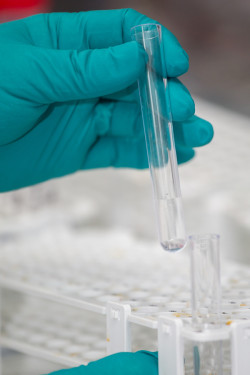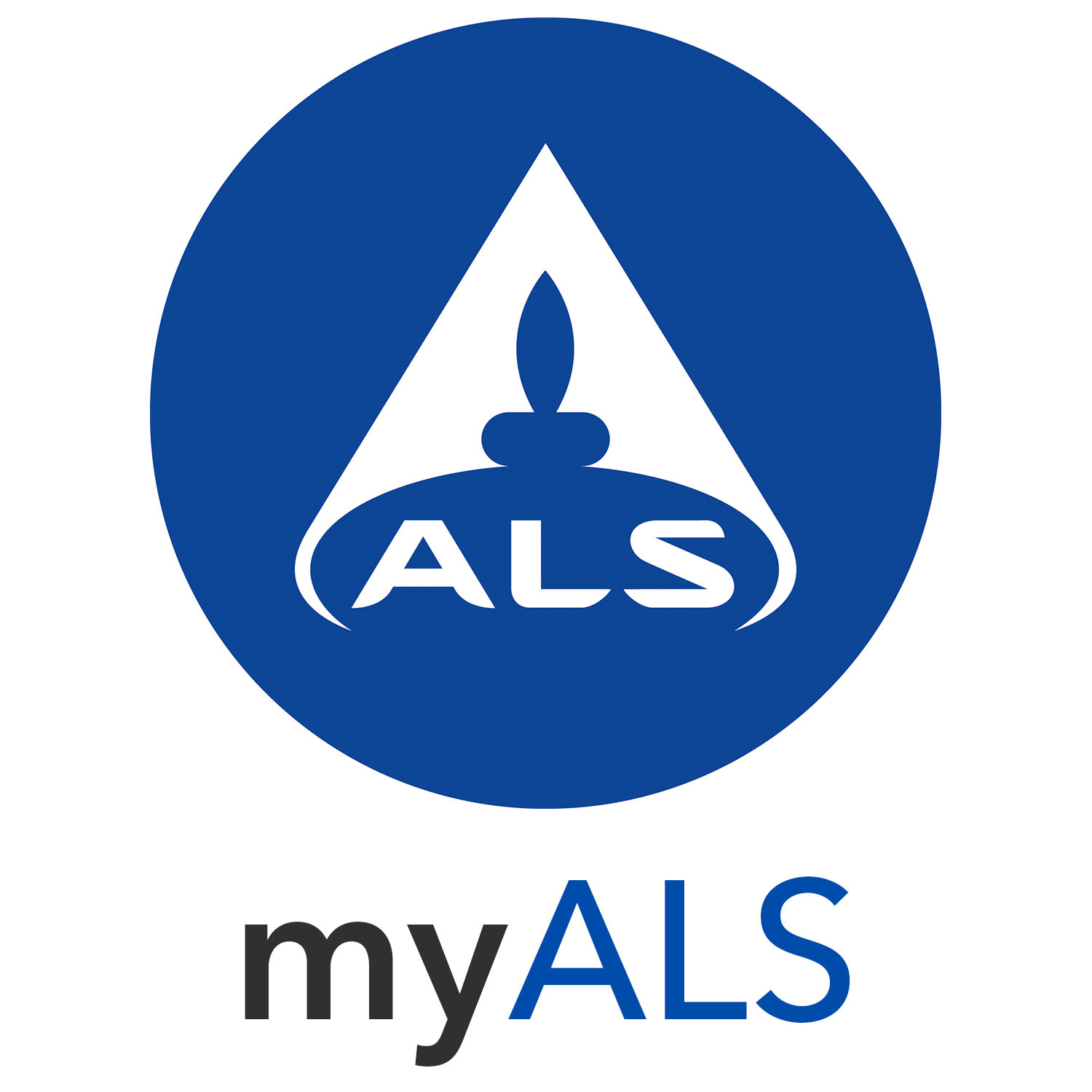Reduced LOD for Fluoride in Waters
May 22, 2015

ALS Environmental is pleased to announce that following revalidation our reporting limit for Fluoride by Ion Selective Electrode ( by ALS method WAS029), will be lowered to 0.1mg/l.
Fluoride is a common contaminant in a variety of industrial wastewaters, with one source being Hydrofluoric Acid (HF). HF is used in several industrial applications such as a catalyst for the petroleum industry, as an ingredient in commercial cleaners to remove rust, as a stripper to etch away silicone dioxide in semiconductor wafer production, as a cleaner to etch glass, quartz products or chrome etc. Fluoride also occurs naturally in some waters and may be added in controlled amounts to drinking waters. Its effects can be both beneficial and detrimental to the environment.
Inorganics Manager at ALS Environmental, Christopher Law, comments:
At ALS we are always striving to provide the highest quality analytical data at the lowest limits of detection. We have been able to reduce our Fluoride detection limit by utilising our technical expertise and employing the latest laboratory techniques.
To download our latest UKAS Schedule for our Coventry laboratory please click here. To read more about our waste water offering please see our waste water brochure.
The ALS method for the determination of Fluoride uses a potentiometric method (Ion Selective Electrode) and is applicable to trade effluents, leachates, ground water, surface water and wastewaters. The fluoride electrode is a chemical sensor in which the detector is a crystal of lanthanum fluoride across which a potential is developed in the presence of fluoride ions. It is used with a calomel reference electrode and a pH meter with an expanded millivolt scale. The electrode responds to activity of the fluoride ions and to ensure a constant relationship between activity and concentration, samples and calibration standards must be adjusted to a constant ionic strength. They must also be buffered at a suitable pH value to prevent interference by hydroxide ions and the formation of HF under acid conditions.
If you have any queries about this, or any other analytical offering, please contact your Customer Service Co-ordinator or contact us by calling the laboratory on 02476 421213.


